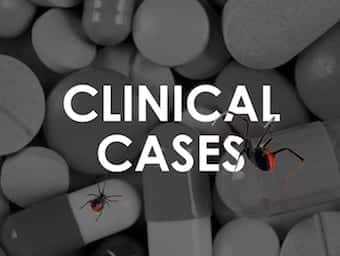
Serotonin toxicity
A 23 year-old female is brought to your ED by a friend. She appears anxious, distressed and confused. A friend volunteers that the patient had seen a GP in the past few weeks as she was feeling depressed.

A 23 year-old female is brought to your ED by a friend. She appears anxious, distressed and confused. A friend volunteers that the patient had seen a GP in the past few weeks as she was feeling depressed.

Henning Moritz Ruben (1914 – 2004) was a Danish anaesthetist. Inventor of teh Ruben valve, AMBU bag, Ambu man, and Head-tilt method in resuscitation

Heart HQ - Episode 11: Left Atrial Appendage (LAA) Closure. The LAA is a small thumb-sized pouch near the top of your heart. In AF, an LAA closure procedure may be an alternative to lifelong anticoagulation

Willem Einthoven (1860 – 1927) was a Dutch physician and physiologist. Invented the first practical electrocardiogram (ECG) in 1903
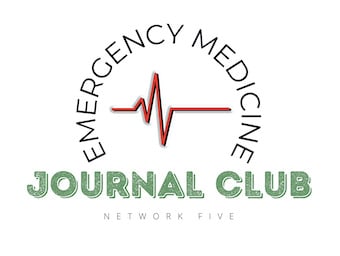
Network Five Emergency Medicine Journal Club Episode 7 - Oncology reviewing papers on frailty screening, Dexmedetomidine and immune checkpoint inhibitors
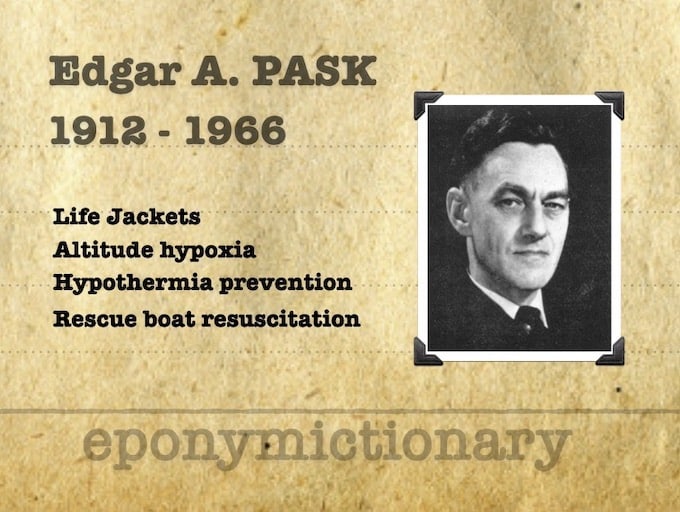
Professor Edgar 'Gar' Alexander Pask (1912-1966) was an English anaesthetist. Pask worked with Macintosh to solve multiple wartime physiology problems...

Heart HQ - Episode 10: Dual Antiplatelet Therapy, Anticoagulants and Surgery in patients with previous cardiac stents or acute coronary syndrome
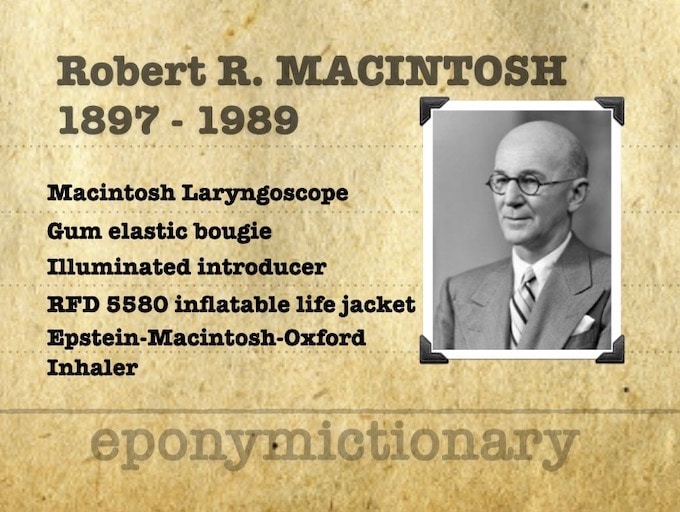
Sir Robert Reynolds Macintosh (1897-1989) New Zealand Anaesthetist. Inventor of Macintosh Laryngoscope; gum elastic bougie; Illuminated introducer; RFD 5580 life-jacket...
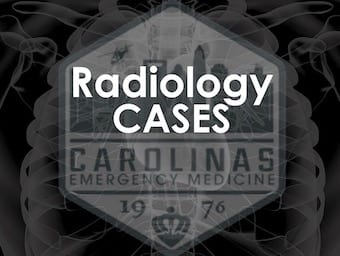
September 2021 Pediatric Orthopedic case interpretation - Femur injuries - with Kelsey Lena, Danielle Sutton, and Virginia Casey

Professor Abraham Leo Schamroth (1924-1988) was a South African cardiologist.

Brian Arthur Sellick (1918 – 1996) British anaesthetist. Best known for his description of the Sellick manoeuvre and hypothermia in cardiac surgery

Heart HQ - Episode 9: Takotsubo and Perioperative Risk Assessment. Takotsubo Cardiomyopathy often occurs after severe emotional or physical stress